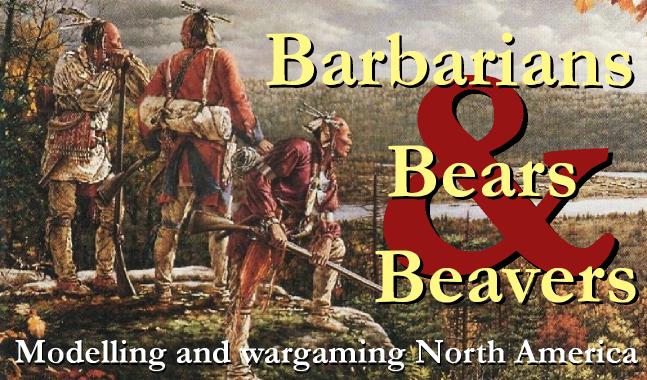Next step was to start constructing the roof. All the beams are identical so once I'd worked out the shape on a piece of paper, it was easy to cut all the pieces out and glue them together. As the roof needs to be removable for game play to move figures through the bridge, a method to hold the roof in place but without using glue. Balsa blocks were glued in each corner of the roof, then the roof construction was held in situ on the main bridge construction then drilled out right into the main construction beneath. Cocktail stick were then inserted into the balsa block with the tip sticking out so that it will stick into the main construction beneath when finished. Whilst still held in place, planks were fitted onto the gable ends, fitting snugly against the main construction for a secure fit. At this point, I was able to start gluing on ribs which would give the shingles something to stick to and also to guide the course of the shingles as I worked. Before beginning work on the shingles, I made the ramps to lead up to the bridge which were fixed to a piece of artist card as a base and then the planking was glued in place. I then started cutting out and gluing into place a billion shingles. Its not as bad as it seems actually, once you get into a rhythm. Thats pretty much it for the build and I was able to start painting. First step was to spray the inside of the roof black. The rest of the bridge was painted a watery chestnut colour and then given a black wash whilst still damp which helps the wash to soak in to all the gaps between planking. I let this dry for a good 12 hours then was able to dry brush all over with a mustard colour using cheap poster paints and a fairly large, stiff brush. I then gave it a very light white dry brush just to pick out the edges. Finishing touch was to texture, paint and flock the bases for the ramps. This isn't a model which gets used a lot but I enjoyed building it and thats all that counts really.














Very clever, Mr Eccles! :^)
ReplyDeleteGiles
blimey thats a bit nice.
ReplyDelete